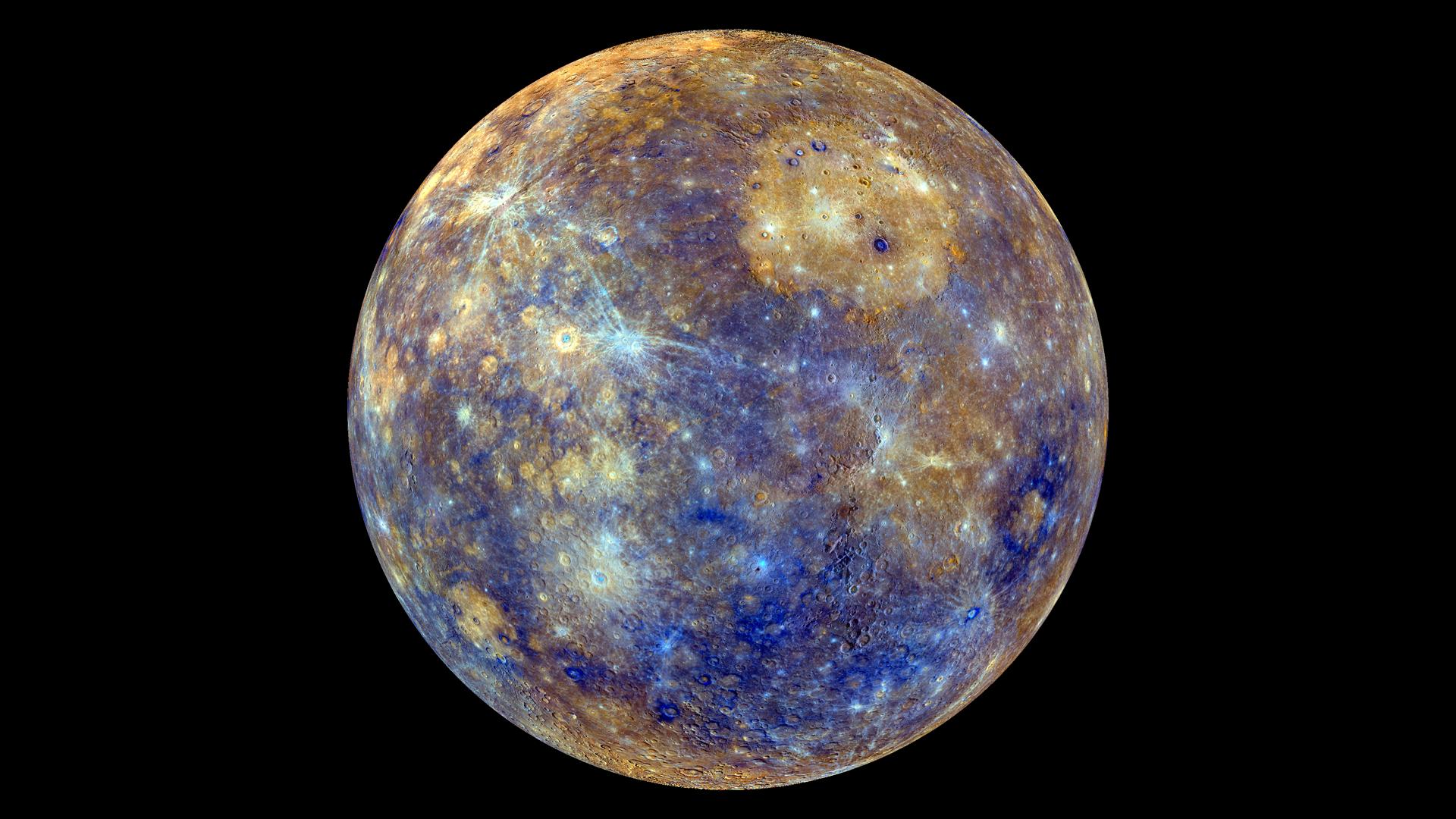Transit of Mercury: How to see the planet pass in front of the sun
The solar system's smallest planet will resemble a round black dot as it passes between the Earth and the sun

Your support helps us to tell the story
From reproductive rights to climate change to Big Tech, The Independent is on the ground when the story is developing. Whether it's investigating the financials of Elon Musk's pro-Trump PAC or producing our latest documentary, 'The A Word', which shines a light on the American women fighting for reproductive rights, we know how important it is to parse out the facts from the messaging.
At such a critical moment in US history, we need reporters on the ground. Your donation allows us to keep sending journalists to speak to both sides of the story.
The Independent is trusted by Americans across the entire political spectrum. And unlike many other quality news outlets, we choose not to lock Americans out of our reporting and analysis with paywalls. We believe quality journalism should be available to everyone, paid for by those who can afford it.
Your support makes all the difference.Astronomers are in for a treat on Monday, as Mercury makes a rare transit across the face of the sun.
The solar system's smallest planet will resemble a round black dot as it passes between the Earth and the sun.
In London, the spectacle will begin around 12.12am and continue until 7.42pm, according to the Royal Astronomical Society.
NASA and the ESA will run a livestream of the transit on their websites, with NASA promising near real-time images from its Solar Dynamic Observatory.
Those wishing to watch the transit themselves will need a special telescope with a solar filter, as looking directly at the transit can cause permanent eye damage.
It is also possible to project an image of Mercury on to a white surface using a telescope or binoculars.
Many amateur astronomical societies and public observatories across the UK will be running events for members to view the transit.
The last time Mercury crossed between the Earth and sun was on 7 May, 2006, and it won't happen again until 11 November, 2019.
While the planet may appear as though it's hardly moving, in reality it will be hurtling past the sun at nearly 106,000 mph.
NASA says the event occurs only about 13 times a century.
It will allow scientists to fine-tune instruments aboard solar observatories, like the Solar Dynamic Observatory, and learn even more about the sun.
Louis Mayo, program manager at NASA's Goddard Space Flight Center in Greenbelt, Maryland, considers it "a big deal."
"Astronomers get excited when any two things come close to each other in the heavens," Mayo said in a statement.
Additional reporting by AP
Join our commenting forum
Join thought-provoking conversations, follow other Independent readers and see their replies
Comments